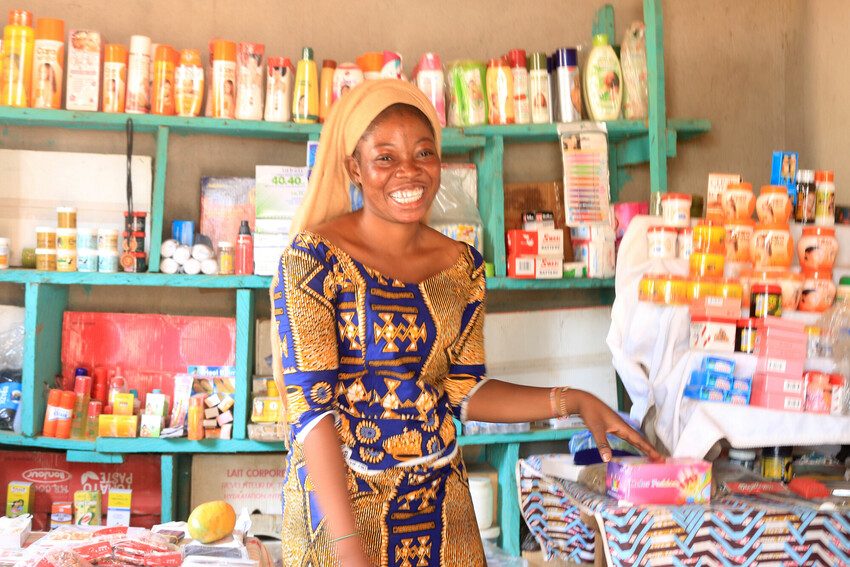Young women farming their way to a more sustainable future
A new generation of entrepreneurial female farmers is using green skills to shake up farming, producing food and creating sustainable livelihoods for their c…
Over 1.4 billion people worldwide do not have a bank account, neither at a formal financial institution nor a mobile money account.
The majority live in developing countries and are unable to become financially included because they have little money, there are no banks nearby, they are unable to complete the paperwork or because they aren’t aware of the available services.
People who do not have access to financial services are much less likely to save money and are therefore less likely to have the resources to keep their children healthy, safe and in school.

Savings groups support people who don’t have access to financial services to save money and learn key financial skills.
They are a form of microfinance involving small groups of 15 to 25 members that have well-defined procedures, allowing members to make basic rules about saving and borrowing and operating in transparent and democratic ways. This leads to a secure system that encourages responsible use of the savings, borrowing and social insurance services offered by the group.
Savings groups are the first step to financial inclusion as they provide a mechanism to save money while building financial knowledge and skills. They can play a vital role in achieving one of the Global Goals’ ambitions to end poverty in all its forms by 2030.
Youth savings groups allow young people to learn about finance in a low-risk fashion. As part of the process, young people learn to set savings goals, distinguish between good and bad options for borrowing and discover how to link with formal banks and microfinance institutions if they want to. Unemployment is tackled by allowing young people to invest in their education and health, as well as income-generating activities that may lead to self-employment.
Savings groups can work as effective vehicles of social and economic change. They can be used to deliver financial education, child-rights awareness, healthcare, agricultural and entrepreneurship training. They can also help communities sustain infrastructure such as water points or build resilience in planning for or recovering from emergencies. Saving groups are essentially simple platforms for collective learning and action.
Saving group projects can especially benefit women, who are worst affected by poverty. The groups offer a safe space to save and borrow, learn how to invest their money most productively, as well as providing a platform to strengthen social cohesion through mutual trust building and collective action.
Structurally, rural areas are disadvantaged compared to urban regions. They face development problems such as lack of infrastructure and poor access to public services. But they also struggle to access financial services and economic opportunities. This is why the establishment of saving groups is one pathway for rural people, especially young women to build up some financial resources.
Many savings groups are now being digitalised, using mobile money apps to connect participants to formal financial service providers. This provides enhanced security through cashless payments and transfers, and improves bookkeeping through automated accounting.
Since 2004, we have supported around 1.5 million members, in 76,000 savings groups, more than 500 projects in 28 countries.